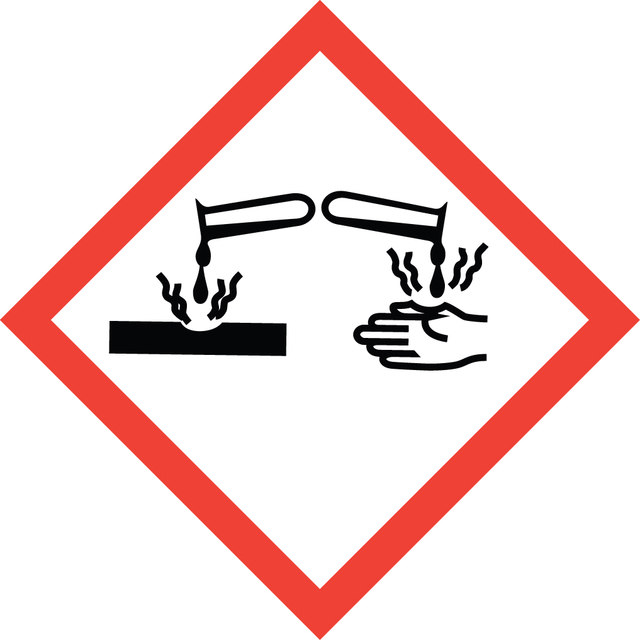Select a Size
About This Item
grade
purum
Quality Level
Assay
≥97.0% (AT)
≥97.0% (HPLC)
form
powder
ign. residue
≤0.2% (as SO4)
bp
230-235 °C/20 mmHg (lit.)
mp
109-112 °C (lit.)
109-113 °C
solubility
chloroform: 0.1 g/mL, clear
functional group
chloro
phenyl
SMILES string
ClC(c1ccccc1)(c2ccccc2)c3ccccc3
InChI
1S/C19H15Cl/c20-19(16-10-4-1-5-11-16,17-12-6-2-7-13-17)18-14-8-3-9-15-18/h1-15H
InChI key
JBWKIWSBJXDJDT-UHFFFAOYSA-N
Looking for similar products? Visit Product Comparison Guide
Related Categories
Application
- Organic Synthesis: Research on the synthesis of 1, 2, 4-triazine derivatives, exploring the condensation reactions of trityl chloride with various compounds (Majid et al., 2020).
Other Notes
Signal Word
Danger
Hazard Statements
Precautionary Statements
Hazard Classifications
Skin Corr. 1B
Storage Class Code
8A - Combustible corrosive hazardous materials
WGK
WGK 3
Flash Point(F)
Not applicable
Flash Point(C)
Not applicable
Personal Protective Equipment
Choose from one of the most recent versions:
Already Own This Product?
Find documentation for the products that you have recently purchased in the Document Library.
Articles
Forensic laboratories routinely use STR genotyping for identity testing of biological samples. However, forensic samples often contain low copy numbers of target DNA, making it difficult to obtain complete STR profiles.
Our team of scientists has experience in all areas of research including Life Science, Material Science, Chemical Synthesis, Chromatography, Analytical and many others.
Contact Technical Service